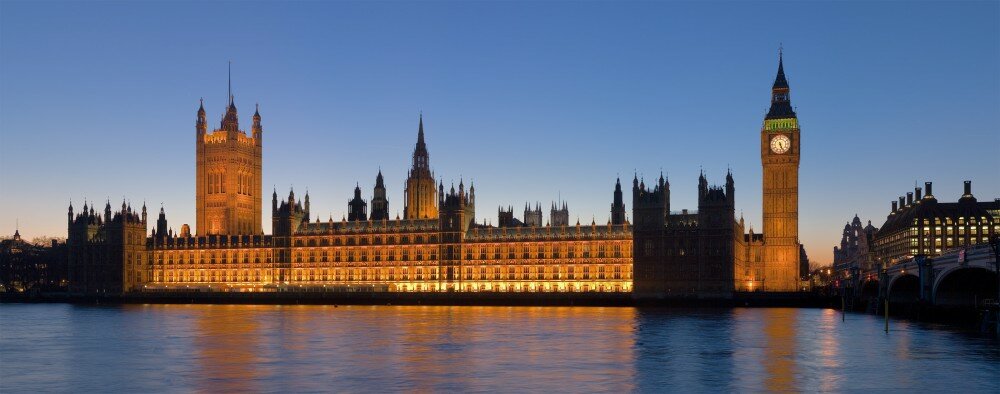The Crick Centre has published a briefing for MPs ahead of a Westminster Hall debate on the Restoration and Renewal of the Palace of Westminster, the home of the UK Parliament. The debate, which will be led by Chris Bryant MP, will take place on Wednesday 25 January, at 9.30am: watch debate on Parliamentlive.tv
The Crick Centre is leading a major inter-disciplinary research and public engagement project examining the proposed refurbishment of the Palace of Westminster, entitled Designing for Democracy. Working with a broad consortium of academics, community groups, think tanks, journalists, broadcasters, designers and practitioners this project aims to undertake evidence-based research with which to cultivate a national conversation about the options that the restoration and renewal process offers for revitalizing democracy in the United Kingdom.
A summary of the briefing paper is below, or read the full briefing.
Summary
-
The Palace of Westminster, an iconic global symbol of democracy, is at risk of a catastrophic infrastructure failure. While successive governments and parliaments have delayed necessary repairs, doing nothing is no longer an option.
-
This week marks 20 weeks since the Joint Committee on the Palace of Westminster reported, and stated “it is essential that the R&R Programme now proceeds to its next stages without delay”. The Leader of the House has not yet scheduled a debate in government time on the Committee’s report, and its recommendation for a vote on the establishment of a Delivery Authority to draw up a full business case. This delay leaves the building, and our heritage, at risk.
-
There are alternative proposals for the Commons to sit in the Lords Chamber, and the Lords to move into the Royal Gallery. All available evidence is that this approach will be at substantially higher cost to the taxpayer; would place Members and staff at considerable risk; and may not even be feasible, given the work required on the mechanical and electrical infrastructure that runs underneath the Palace as a whole.
-
Although criticism from the media and sections of the public is inevitable, the Restoration and Renewal programme should be embraced and promoted as a rare opportunity to ‘design for democracy’ in a manner that blends continuity and change. Framed in this manner the Restoration and Renewal programme can be defined as part of a new ‘politics of optimism’ that seeks to close the gap that appears to have emerged between the governors and the governed. As part of this approach it is vital that a public conversation is launched that reaches far beyond London and the south east of England; based upon a firm and independent evidence base, and that injects fresh ideas into the design process.
-
There is never a good time to spend large amounts of money on political institutions but the Restoration and Renewal programme is not about just politics – it is about democratic politics. Bernard Crick argued in In Defence of Politics (1952) about the importance of democracy (and therefore the institutions that support it) having a value almost beyond any price. The costs of Restoration and Renewal should be seen as an investment in democracy and one that will, especially if the public are embedded into the process, yield a significant return for future generations.

Image courtesy of DAVID ILIFF via Wikimedia Commons
Find out more about the Designing for Democracy project.
Read the Crick Centre Parliamentary Briefing
![]()



